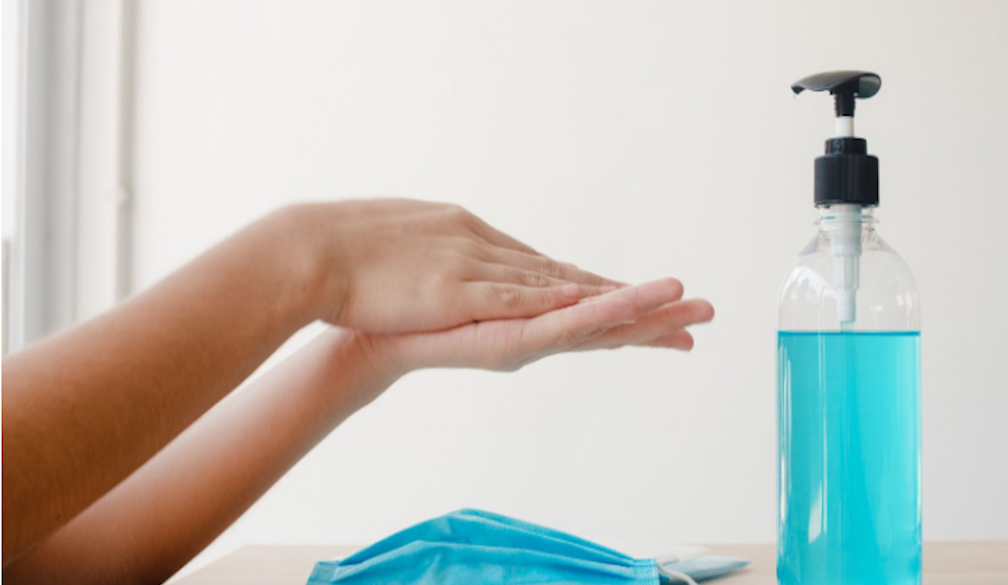The Crucial Role of Hand Hygiene in Workplace Health

Maintaining a healthy and productive workforce is a priority for any organisation. While workplace safety measures often focus on hazards like machinery or ergonomic risks, the importance of hand hygiene in preserving employee health is sometimes overlooked. Yet, proper hand hygiene practices are pivotal in preventing the spread of illnesses, reducing absenteeism, and fostering a safe and hygienic work environment. In this article, we'll delve into the significance of hand hygiene in workplace health and explore how hygiene products can support these efforts.
Preventing the Spread of Illnesses
In any workplace setting, employees come into contact with various surfaces, objects, and colleagues throughout the day. This interaction increases the risk of transmitting harmful germs and pathogens, spreading illnesses like colds, flu, and gastrointestinal infections. Proper hand hygiene, including regular handwashing with soap and water or using hand sanitisers, is one of the most effective measures for preventing the transmission of these illnesses.
Reducing Absenteeism and Improving Productivity
Illness-related absenteeism can have a significant impact on workplace productivity and operations. When employees fall ill due to preventable infections, they are often forced to take time off work to recover, leading to decreased productivity and increased workload for remaining staff members. By promoting hand hygiene practices, employers can help reduce the incidence of illness among their workforce, leading to fewer sick days taken and improved overall productivity.
Fostering a Safe and Hygienic Work Environment
A clean and hygienic workplace is essential for employee well-being and morale. Maintaining high standards of hygiene not only reduces the risk of illness but creates a positive and professional atmosphere for employees. When workers feel confident that their workplace is clean and hygienic, they are more likely to feel valued and motivated to perform their best. Hand hygiene is central to fostering this sense of cleanliness and safety in the workplace.
The Role of Hygiene Products
Hygiene products such as hand sanitisers, hand soaps, and disinfectant wipes are indispensable tools for promoting hand hygiene in the workplace. Hand sanitisers, in particular, offer a convenient and effective disinfection when soap and water are not readily available. They contain alcohol-based formulations that can kill a broad spectrum of germs and pathogens, making them ideal for use in busy workplace environments where frequent handwashing may not be practical.
Encouraging Compliance Through Accessibility
To encourage compliance with hand hygiene protocols, it is essential to make hygiene products readily accessible to employees throughout the workplace. Placing hand sanitisers in high-traffic areas such as entrances, break rooms, and meeting spaces ensures that employees can disinfect their hands quickly. Additionally, providing hand soaps and paper towels in restroom facilities encourages regular handwashing and promotes good hygiene habits among employees.
Educating and Empowering Employees
In addition to providing access to hygiene products, employers should invest in employee education and training on proper hand hygiene practices. Training sessions can cover topics such as the importance of hand hygiene, correct handwashing and hand sanitising techniques, and the role of hygiene products in preventing the spread of illnesses. Employers can create a workplace health and safety culture by empowering employees with the knowledge and skills to maintain good hand hygiene.

















